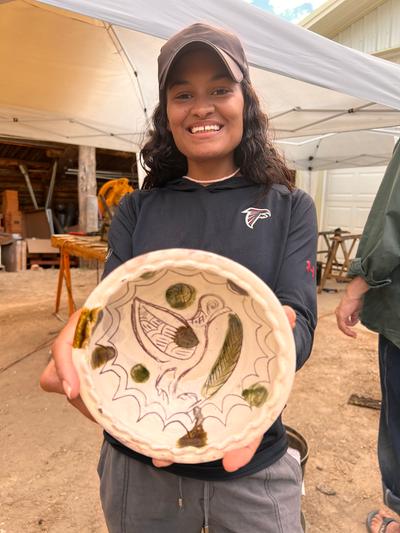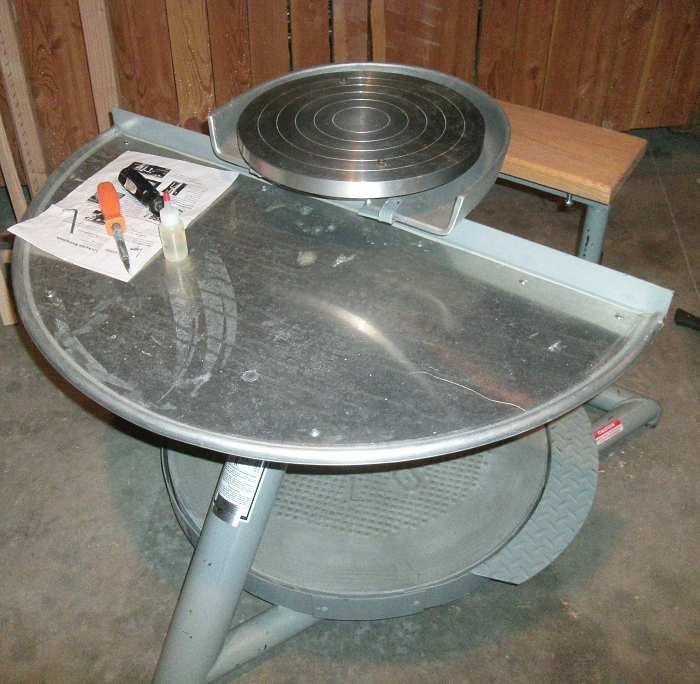
 14
14




 Lisa Orr -- Instructor
Lisa Orr -- Instructor


 5
5




 2
2




Like my shiny badges? Want your own? Check out Skills to Inherit Property!
 11
11




 12
12




 7
7






 16
16




 6
6




Everything happens at the edges! ~ permaculture principle
See my solar and other books on Amazon: https://tinyurl.com/nh9sf8ph
 4
4




 5
5




 4
4




 I am going to be making some medieval London ware reproductions, and have to make do with the basic red/brown clay I have on hand.
I am going to be making some medieval London ware reproductions, and have to make do with the basic red/brown clay I have on hand.
 5
5




Geoff Lawton's Greening the Desert Project
 7
7




adam wrate wrote:Is there a potter living at WL? Does anybody have a kickwheel on site?
 8
8




Jeff Bosch wrote:I believe there is some pottery that people made at the PTJ still here (but please don't hold me to that).
No, we don't have a kickwheel or any other types of pottery wheels at WL.
It was discussed that making a pottery wheel may be on the schedule for next year's PTJ.
Geoff Lawton's Greening the Desert Project
 7
7




 10
10




Kathy Vargo wrote:Are there any plans for a rocket kiln plan? How much rocket expertise is necessary to build one of these?
 13
13




 7
7




There is madness to my method.
"Life finds a way"- Ian Malcolm
"We're all mad here" - The Cheshire Cat
 10
10




You can follow my latest adventures at
https://www.unclemud.com
https://www.youtube.com/unclemud
https://permies.com/u/164246/Chris-McClellan
Buy my stuff at https://unclemud.com/store/

 13
13




You can follow my latest adventures at
https://www.unclemud.com
https://www.youtube.com/unclemud
https://permies.com/u/164246/Chris-McClellan
Buy my stuff at https://unclemud.com/store/

 10
10




You can follow my latest adventures at
https://www.unclemud.com
https://www.youtube.com/unclemud
https://permies.com/u/164246/Chris-McClellan
Buy my stuff at https://unclemud.com/store/

 7
7




You can follow my latest adventures at
https://www.unclemud.com
https://www.youtube.com/unclemud
https://permies.com/u/164246/Chris-McClellan
Buy my stuff at https://unclemud.com/store/

 7
7




Jeff Bosch wrote:
adam wrate wrote:Is there a potter living at WL? Does anybody have a kickwheel on site?
No, we don't have a kickwheel or any other types of pottery wheels at WL.

Tradition is not the worship of ashes, but the preservation of fire.

|
Could you hold this kitten for a sec? I need to adjust this tiny ad:
The new purple deck of permaculture playing cards
https://www.kickstarter.com/projects/paulwheaton/garden-cards
|





